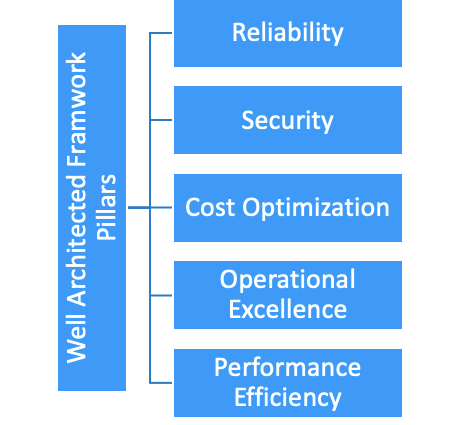Retirement Benefits Company Migrates to the Cloud, Balances Future Growth

When a company is brand new to the cloud, they can face challenges when it comes to optimizing this environment. That’s what a retirement benefits organization discovered after a massive cloud migration left them without resources to scale to meet business needs. The company looked to SPR for an assessment and cloud migration strategy.
Project Background
A retirement benefits organization needed to migrate their applications and systems from leased datacenter infrastructure to Azure. Using a host provider for 100% of their organization’s infrastructure needs, the company’s capacity was fully used and didn’t allow them to scale to meet business needs.
In addition to maxing out data center capacity, several applications relied on software that had reached end of life. This meant they needed to upgrade not only the operating systems, but also application frameworks.
The organization needed to use their hardware capacity in an on-demand model to optimize costs, allowing them to scale while also reducing overall infrastructure upkeep. This would be done by leveraging Azure’s platform-as-a-service (PaaS) offerings. Since the company was new to the cloud, they asked SPR to assess the current environments, build a phased strategic approach to migration, and create a detailed plan for the initial phase of the strategy in migrating this set of systems to Azure Cloud.
Challenge #1: No Capacity to Expand
Approaching end of extended support, the multiple hosted systems required significant upgrades to the operating system (OS) and .Net framework. It wasn’t possible to simply stop developing new features during the upgrade – and usually, upgrades will run in parallel in a new environment. However, there was no capacity remaining on the lease with the hosting provider. To expand the hardware footprint, the company would need to sign a multi-year agreement on the expanded capacity. They were stuck with the inflexibility of the terms of a traditional hosting provider – where multi-year agreements used to provide capacity – with no real ability to leverage what they needed when they needed it.
Challenge #2: Limited Cloud Experience
Ready to explore PaaS options for reduced maintenance, the company considered cloud providers as an option, with a goal to move away from traditional hosting provider model. This created its own challenge as they did not have cloud experience and needed help with a potential migration.
Addressing Cloud Enablement
Cloud enablement requires many considerations. The more up-front thought given, the smoother the journey will be. Many organizations take a shortcut, choosing to dive in with application development or data teams taking a bottom-up approach. These teams start building application and data solutions without thinking about areas such as account organization, billing, security and permissions, governance, monitoring, resource management, and optimization. While this tradeoff achieves early success, future endeavors face challenges and constraints which can be costly to overcome.
SPR approached this project with an assessment and plan to help the client balance between a quick time-to-market and setting up the proper cloud foundation. This approach combined the Azure Well-Architected Framework with SPR’s practical experience, achieving the right balance and approach.
SPR assessed the client’s current landscape to understand:
- Regulations that would influence security and governance
- Third-party Infrastructure products and tools which may influence decisions in-order to avoid a splintered management approach
- Current and near-term systems requiring migration to, or to be built for, the cloud
- Staff skills in both infrastructure and development
- Evolving maturity in release automation
Developing a Strategy
Next, we developed the strategy to address the immediate need plus the foundational aspect that would support this, plus long-term sustainability in managing and evolving their cloud environments. Because of SPR’s previous experience in this area, we knew that it’s impractical to expect all pillars will be optimized on day one. Looking at the pillars of the Well Architected Framework, we determined what best fit our client’s needs at the start versus what could evolve to an optimized level over time.

As with most organizations, security was paramount. While cost optimization was a main driver for migrating to cloud solutions, Reliability was far more important up-front and thus the Cost Optimization, Operational Excellence, and Performance Efficiency Pillars were set as points to improve optimization over time.
Another key aspect in the strategy was helping to identify key roles their organization would need to fulfill in the long-term. While we could help them get up and running quickly, in the long-run they would need to be owners of their cloud environment and its future optimization. We recommended key roles to be hired for both immediate and longer-term maturity of their cloud environment, as well as recommended training and areas to upskill their current staff.
Moving Forward
Lastly, we created a plan for execution. The plan contained a detailed perspective of establishing key parts of the cloud foundation for day one execution, while also outlining a broader perspective roadmap to allow gradual maturity on the other Well-Architected pillars that received less up-front focus. This allowed us to focus on very specific time-to-market achievements, while providing guidance once the initial foundation and set of applications were established.
SPR helped establish a proper cloud foundation for long-term sustainability and evolution. The approach was centered around understanding our client’s specific needs and balancing fast time-to-market and a proper cloud foundation.